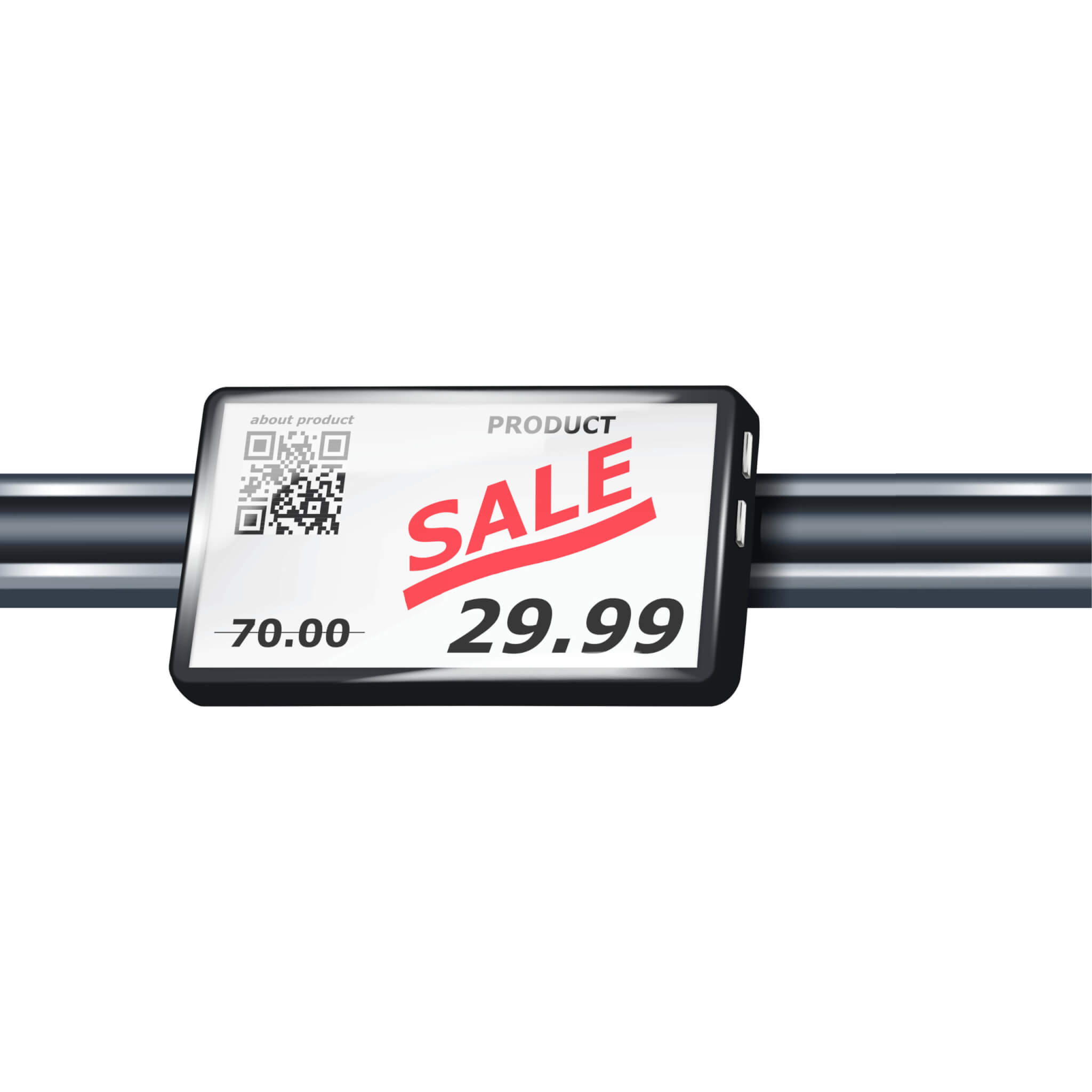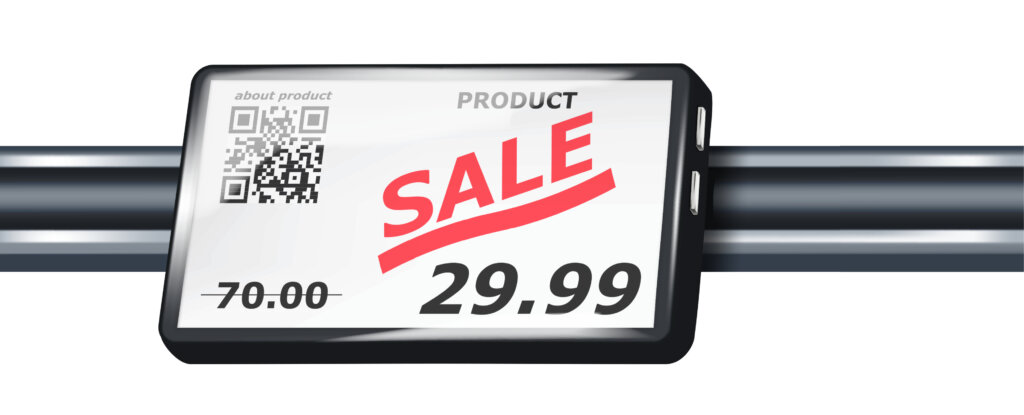
Navigating Dynamic Pricing in Grocery Retail: The impact of Electronic Shelf Labels
Filed Under: Shopper, Consumer Durables, CPG, Food & Beverage, Grocery, Retail, Shopper Journey
Kayla Myhre
Director, Shopper Insights Research
When consumers hear “dynamic pricing,” it often triggers a negative response. From the unpredictable surge pricing of rideshares to fluctuating flight costs, the concept can feel unsettling. Recently, this conversation has hit closer to home for grocery shoppers, thanks to the introduction of Electronic Shelf Labels (ESLs) in major retail chains like Kroger and Walmart. But while these labels represent a push towards efficiency and adaptability, they also spark concerns about transparency and fair pricing. Let’s delve deeper into the evolving landscape of ESLs, what they mean for retailers and shoppers, and how they can be successfully adopted.
The Double-Edged Sword of ESLs
Retailers have been striving to improve efficiency and enhance the shopper experience, and ESLs are an innovation they see as a path forward. ESLs allow retailers to change product prices digitally, offering flexibility for sales, markdowns, and responding to inventory needs in real-time. This potential for responsiveness benefits retailers in several ways: reducing the time employees spend manually changing paper labels, and ensuring accurate, up-to-date pricing.
However, from a shopper’s perspective, ESLs can appear more ominous. With inflation and rising grocery prices already top of mind, the ability of retailers to quickly and easily change prices raises red flags. Many shoppers view ESLs as a means to facilitate price hikes, driving a perception that they may lead to increased costs and a lack of pricing transparency.

Addressing Shopper Concerns
The mixed perception of ESLs highlights a crucial need for retailers: effective communication. While retailers introduce technologies like ESLs with positive intentions—quicker markdowns, accurate pricing between shelf and checkout, and potential savings—it’s important to address the defensive stance shoppers often take.
When any technology that directly impacts pricing is adopted, it can be seen as an attempt to manipulate costs. This is especially true in a market where consumers are already price-sensitive and actively seeking deals to combat rising expenses. This fear of price surges is magnified by the hesitation that already surrounds dynamic pricing in other sectors, and ESLs can unintentionally fall into that category in consumers’ minds.
Creating a Positive Narrative Around ESLs
As noted in an article by NPR on the rise of ESLs in grocery stores, the technology is intended to benefit both retailers and shoppers. While retailers benefit from operational efficiency, shoppers can enjoy faster markdowns and more consistent pricing. The key, however, is how retailers communicate these advantages.
- Transparency Is Crucial: Retailers should proactively explain the “how” and “why” behind ESLs. Clearly outline how these labels are designed to save customers money (e.g., quicker sales, real-time discounts), rather than to obscure price changes or facilitate hikes.
- Emphasize Customer Benefits: Retailers should ensure customers understand the potential perks of ESLs. For instance, with digital labels, markdowns on fresh or expiring items can be updated swiftly, potentially resulting in more savings for shoppers who can take advantage of these quicker price adjustments.
- Humanize the Experience: Since the digital nature of ESLs may feel impersonal, retailers should make it a point to have associates available to discuss these changes. Whether it’s customer service reps or in-store signage, having a human touch to communicate ESL benefits helps build trust.
- Pilot and Gather Feedback: Before a full-scale rollout, retailers can introduce ESLs in select stores and actively gather shopper feedback. Engaging with customers on their experiences and addressing their concerns can help ensure a smoother transition and a more positive perception.
A Path to Smarter Pricing and Better Shopper Experience
While it’s easy to see why the adoption of ESLs can cause some wariness among shoppers, they represent a significant opportunity for retailers to streamline operations, offer more accurate pricing, and potentially pass on savings to customers. For these benefits to be fully realized and appreciated, retailers must align the introduction of ESLs with a strong, clear communication strategy that resonates with their shoppers’ needs and concerns.
In a world where dynamic pricing is becoming more commonplace, the success of ESLs will depend on how effectively retailers can present this change as a win-win. By focusing on transparency, shopper education, and human connection, retailers can help ease apprehension, ensuring that ESLs are seen not as a threat, but as a new way to improve the grocery shopping experience.
explore featured
Case studies

